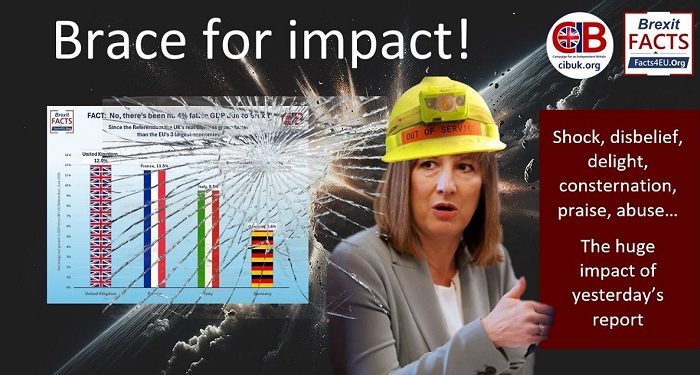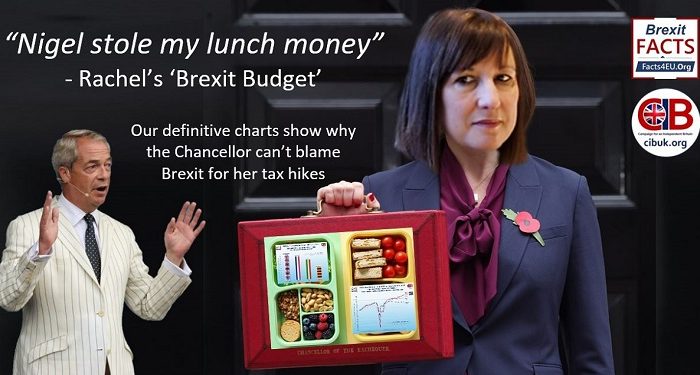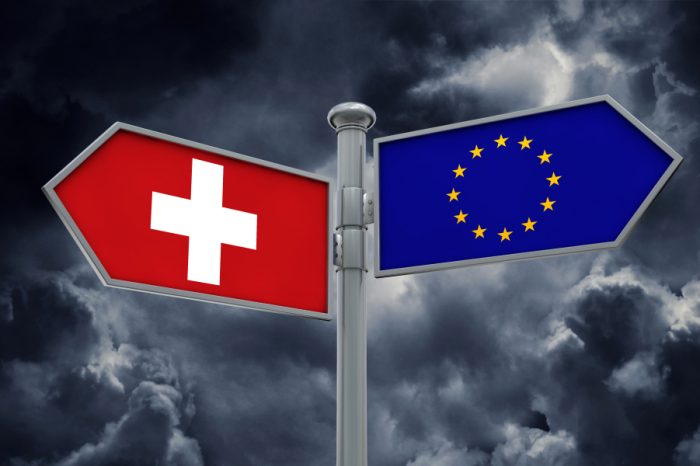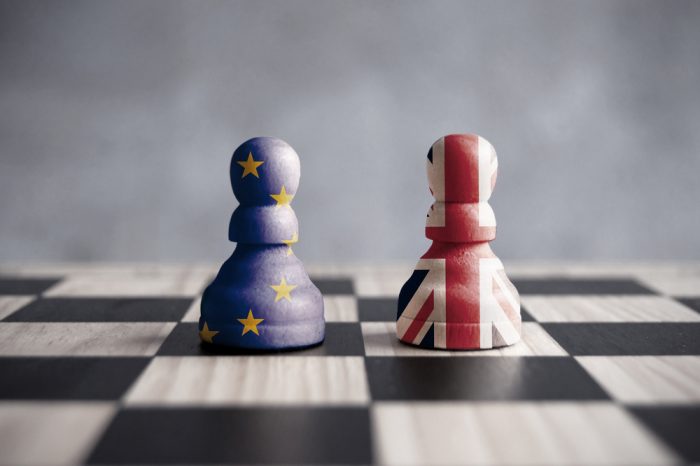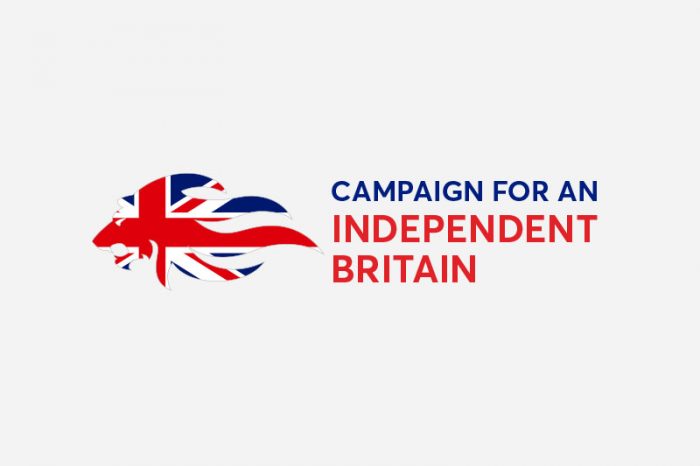BREXIT – Onwards from the Referendum by Edward Spalton
(This article was written for our Chairman’s local newspaper, the “Three villages” magazine)
The leading campaigns on both sides of the EU referendum were lacking in honesty. In that, they followed the example of successive British governments which have all pretended that the European project concerned the economy (“The Common Market”) when it was always about developing a single European government under which the nations of Europe would be subordinated in a new polity. We know from official documents that the government understood this from 1960.
The Remain side presented the EU as being about the economy and the Leave side emphasised the cash savings from leaving. Both exaggerated greatly.
In 1971 the Foreign Office advised the government “…there would be a major responsibility on HM Government and on all political parties not to exacerbate public concern by attributing unpopular policies to the remote and unmanageable workings of the (European) Community”. The referendum was the last hurrah for this long-maintained policy of deceit. The leaders of all the main parties stuck to it and lost. So we are now moving in a new direction and the impetus has come from the people not from the political establishment.
Mrs May has said that “Brexit means Brexit” but people are naturally apprehensive about how things will develop. There are three main approaches to forming a new relationship with our European neighbours:
- The Bilateral Option – An agreement or series of agreements negotiated individually, as Switzerland has done. This takes a very long time – 16 years for the Swiss.
- The WTO Option – To have a minimal agreement with the EU and to rely on the rules of the World Trade Organisation. This would involve paying tariffs on certain classes of goods exported to the EU (and vice versa) but would be very cumbersome if it was not accompanied by a Mutual Recognition Agreement on quality standards, allowing containers to pass EU customs without having to be individually inspected(and vice versa).
- The EEA/Efta Option. This is sometimes called “The Norway Option”. EEA stands for European Economic Area and Efta for European Free Trade Association.
Effectively this is inside the “Common Market” but outside the EU political union. Britain is free from most EU policies including Foreign & Security, Justice & Home Affairs, Economic & Monetary Union, the EU Court of Justice, the Customs Union, Common Trade Policy, Common Fisheries Policy, Common Agricultural Policy. But we would have to observe the rules of the Single Market. Contrary to the general belief it is possible for EEA countries to impose their own restrictions on excessive inward migration of EU citizens under Articles 112 and 113 of the EEA agreement.
Some 80% of EU regulation on trade is now adopted from global bodies such as the UN and WTO. EU membership keeps Britain from having a voice there. So paradoxically, EEA states, which are not EU members, have a bigger direct say on many EU regulations than EU members which are bound by the “Common Position” decided by the EU Commission.
By Googling “FLEXCIT” you can get a full description of how the EEA/Efta option might work. The short version is 48 pages. The full document is over 420 pages. The government may, of course, choose to combine some elements of these three listed options. Things are more complicated than the sloganeering of the referendum suggested but, given careful thought and steady purpose, there is not really anything to fear.



